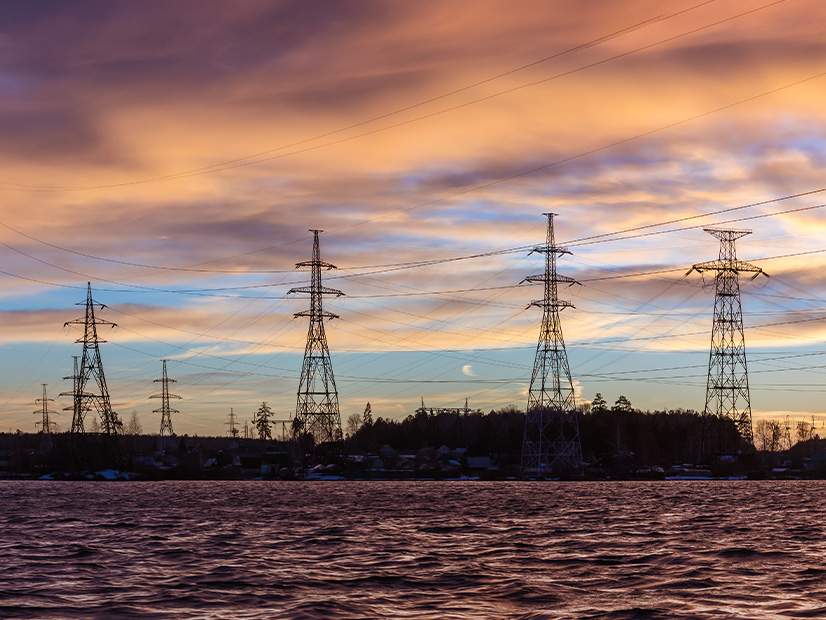States in the Northeast are working together to expand interregional transmission with a focus on coordinating the connection of offshore wind facilities to the grid, according to speakers on a Wednesday webinar hosted by Advanced Energy United.
Representatives from states working on the Northeast States Collaborative on Interregional Transmission spoke about the first months of their work since the effort was launched in June with a letter to the Department of Energy.
“We still are in early days of the collaborative,” said Jason Marshall, deputy secretary of the Massachusetts Executive Office of Energy and Environmental Affairs. “But I think with as much expertise as we have in the room, focused in one place, we really do have a unique opportunity to chart a path forward toward greater interconnectivity.”
While the collaborative has a focus on helping to connect offshore wind, Abe Silverman, director of the Center on Global Energy Policy’s Non-Technical Barriers to the Clean Energy Transition initiative at Columbia University, said the benefits of transmission go well beyond that. Transmission has helped regions better manage recent reliability events such as last December’s winter storm, he noted.
“This is about money at the end of the day for a lot of folks,” Silverman said. “And so, as we think about building this coalition between various states — both states with really aggressive carbon policies and states with less interest in that — we really need to talk about the money piece of it, and transmission can be enormously cost saving as well.”
The initial letter was signed by the six New England states, New York and New Jersey, which all have similar energy policies, but some of their neighbors are very different. Preethy Thangaraj, who advises New Jersey Gov. Phil Murphy (D) on energy policy, said that the states in PJM have very diverse energy policies — ranging from states like hers with strong net-zero goals, to West Virginia, where no such laws are on the books.
The best example for multistate transmission expansion is MISO’s Multi-Value Projects, where every state got some kind of benefits, which helped connect a lot of wind power to the grid, said Silverman.
“But it was really looking at all of this sort of value stacking of benefits that transmission gives you,” he added.
MISO is a very large RTO, but it is a single region, while the states in the planning effort stretch across three separate markets: ISO-NE, PJM and NYISO. That means they will need to go through interregional planning, which, despite Order 1000 being on the books for a decade, has not taken off.
Most interregional transmission lines have been backed by specific developers to ship renewables long distance, while those that have cleared the FERC planning processes have dealt with really “crisp issues,” such as the loop flows around Lake Erie more than a decade ago that impacted reliability across several markets, Silverman said.
“The amount of true interregional planning, where you sort of look at the needs of one region and optimize it by building transmission to another region and look at their benefits and costs as well, is a relatively new concept, or at least it hasn’t really been activated,” said Silverman. “So, we talk about it a lot, but what we really need is for FERC, and to some extent the DOE, and I think the states, to come together and say: ‘OK, you know, we’ve talked about this for a while, we now need to go ahead and actually do it.’”
The New England states especially have worked together on energy issues several times in the past, but really focusing on the transmission needed to help reliably and affordably to meet their clean energy goals is a new effort, said Bruce Ho, senior policy adviser for the Connecticut Department of Energy and Environment. And this time they need some help.
“Ensuring this effort is successful really does critically depend on the support and interactions we have with the federal government and particularly the Department of Energy,” Ho said. “The transmission vision buildout we’re thinking of crosses state borders; it’s inherently federal.”


